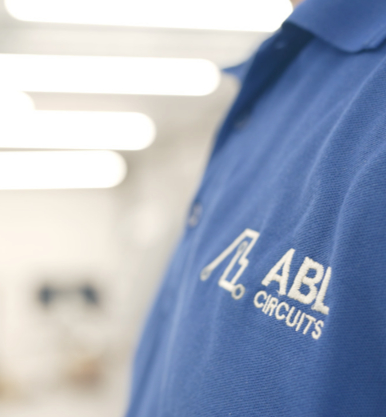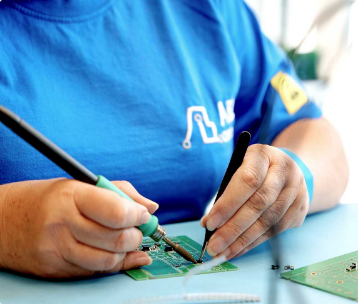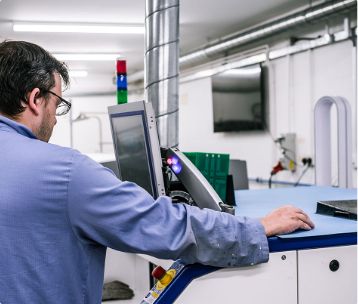Rigid Flex PCBs
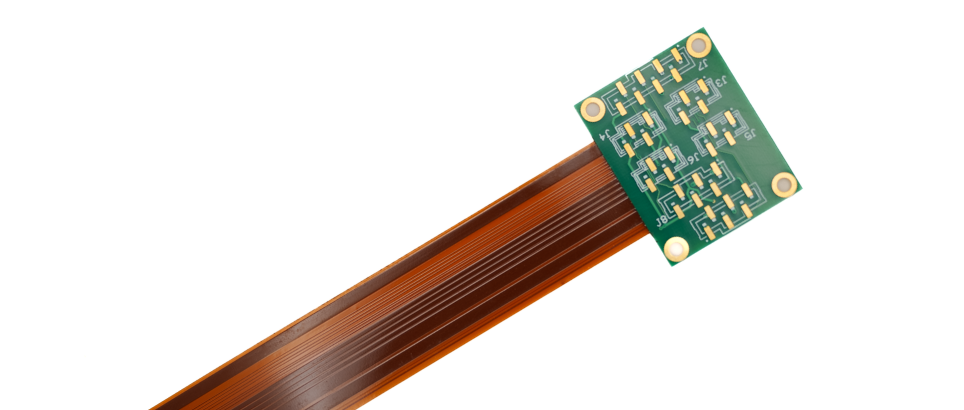
What is a Rigid-Flex PCB?
A Rigid-Flex PCB is a hybrid circuit board that combines the best features of both rigid and flexible PCBs. The result is a versatile board that can be folded, bent, or continuously flexed and is often shaped into its final form during the manufacturing process.
In a Rigid-Flex PCB, the flexible layers are integrated within the board and extend through the rigid sections, allowing the board to function seamlessly across both flexible and inflexible areas.
Rigid-Flex Design
Rigid-Flex PCBs are designed in three dimensions (3D), which makes it possible to fold or twist them to fit the desired shape of the final product. This 3D capability provides excellent spatial efficiency, making Rigid-Flex PCBs ideal for applications where space and weight reduction are critical, such as in medical devices, aerospace, and consumer electronics.
These boards are typically thinner than other PCB types, offering a compact solution thanks to thin copper layers and adhesive-less laminates. This makes them an excellent choice for products requiring thin, lightweight, and highly reliable circuit designs.
Types of Rigid-Flex PCBs
There are two common categories of Rigid-Flex PCBs:
- Flex-to-install
This is the most widely used type, designed to flex only once - usually during the assembly or installation of the device - after which the board remains stable and rigid. - Dynamic flex
Designed for repeated movement, dynamic flex PCBs are highly durable and capable of withstanding thousands of flex cycles. They are ideal for applications where the board needs to bend or flex during regular use.
While Rigid-Flex PCBs are more complex to design and manufacture than standard PCBs, their versatility and durability make them a smart long-term investment.
Benefits of Rigid-Flex PCBs
Rigid-Flex PCBs offer several advantages that make them an attractive option for many projects:
- Reduced space requirements through 3D design and integration
- Shock and vibration resistance, ideal for high-stress environments
- Increased reliability by reducing the need for solder joints and connectors, lowering the risk of mechanical failure
- Simplified assembly with fewer cables and connectors
If your product requires a circuit board that can fold during assembly or endure continuous movement, or if you’re looking for a durable, space-saving, and reliable solution, a Rigid-Flex PCB may be the perfect fit.
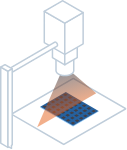
Looking for a bespoke manufacturing solution?
See how ABL Circuits can help you today:
Quick Quote
Alternatively, for a quick overview, fill out the basic form to the right.





